
A guy walks into a bar. That’s the start of countless jokes, but this time there is no punchline. Instead, the beer he ordered resulted in a jury verdict of $750,000 against the place that served the beer and its vendor.
Now you may be asking what can happen in a brewery that leads to a $750,000 jury verdict? There are likely many things. In this case, the person ordered a beer while he was out celebrating a business deal. When he drank the beer, he immediately felt a burning pain. He ran to the bathroom where he experienced the first of multiple rounds of vomiting. He couldn’t drink water from the faucet because of the pain in his mouth and throat. When he began vomiting blood, he went to the hospital where he remained for six days. He suffered damages to his digestive tract, including loss of 25 percent of his stomach lining. His medical treatments could last for the rest of his life. The culprit turned out to be a caustic substance in his beer that was purportedly from cleaning the tap lines.
This is not the only report of an injury caused by a caustic cleaning substance in beer. In Massachusetts, a woman suffered throat burns after a distributor failed to flush out the caustic solution used to clean tap lines. An Ohio man alleged that he suffered burns to his mouth, throat, esophagus, stomach, and intestines, and was required to have parts of several internal organs surgically removed after drinking contaminated beer. According to his complaint, he suffered $30,000 in medical expenses alone. Once again, the alleged culprit was a caustic substance left behind on taps, lines and hoses by the company that cleaned the lines.
In Texas, a man ordered a beer while out for dinner with his wife. He took a drink from the glass and immediately felt a burning sensation in his mouth, throat, and down to his stomach. He was hospitalized for three days. The cause? Tap lines that had not been flushed prior to delivery to the restaurant, resulting in the customer receiving a glass of a lye-based cleaning solution instead of a beer. His mouth and upper gastrointestinal tract suffered burns and ulcerations. His gastroenterologist testified that as a result of the injuries, there was a remote chance that the victim could develop esophageal cancer.
A $750,000 verdict is — or should be — an eye-opener. Avoiding such verdicts and keeping your employees and beer lovers safe are one of the reasons we created our Risk Management Podcast Series. Risks are real, can happen at any brewery, and the cost can be staggering. Proactive risk management reduces the chances of it happening to you, can limit the losses you suffer as a result, and may shift the financial burden to the responsible party. The good news is that a proactive risk management plan should be far less expensive than the cost of defending a case and paying a settlement or jury verdict.
Risk avoidance: Make a checklist
The first line of defense is risk avoidance — doing what you can to minimize the risk that something bad happens. A good risk management plan includes protocols for everything the brewery does from the time the doors open until they shut. Looking at the above examples, the protocols have to include the method for cleaning tap lines. Guidance for developing that protocol can be found in the Brewers Associations’ Draught Beer Quality Manual.
Specifically, Chapter 8 of the Manual addresses maintenance and cleaning. According to the Manual, one must “always flush draught lines with water after using any chemical solution (caustic and acid).” In addition, the water flush must continue until there is no solid material in the rinse water and no chemical residue remains in the draught line.
To ensure that no chemicals remain in the draught line, the manual recommends testing the tap water with a pH strip or meter prior to beginning the rinse and then periodically testing the water exiting the draught system with a pH strip or meter as the system is flushed. When the pH strip of the rinse water matches the pH strip from the tap water, the chemical should be fully flushed from the system.
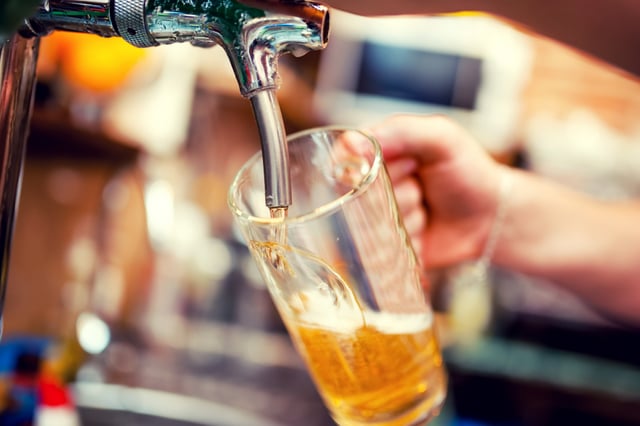
This process for flushing the tap system seems straightforward. Yet, based upon the incidents described above, caustic solution has ended up in someone’s beer more than once. Obviously, someone missed a very important step in the process. It is not difficult to imagine that happening in a busy brewery, with people getting distracted, multi-tasking, and moving to the next task before finishing the previous one. If tap lines are cleaned every two weeks as recommended by the Brewers Association, it becomes routine, even mundane. The person tasked with cleaning starts to do it by memory and may accidentally leave steps out. It happens to pilots, to surgeons, to architects and people involved in all types of professions. Missed steps is what caused pilots to develop checklists. Would you think of flying today if you knew the pilots were doing everything from memory and there was not a single checklist on the plane?
To avoid missed steps, and mitigate your risk, your brewery should develop checklists so that the protocols are always followed and so that they can be fine-tuned when necessary. It sounds rudimentary, and perhaps it is. But checklists are an important tool in the prevention of accidents. Dr. Atul Gawande, a surgeon and Harvard Professor, researched and wrote about the importance of checklists in The Checklist Manifesto. In the book, Dr. Gawande provides statistics that demonstrate the effectiveness of well-drafted checklists in accident reduction. It is amazing how something so simple can be so effective and important. Just think how a properly prepared and used checklist for draught line cleaning might have prevented the injuries discussed above.
Get vendors on the same page
Some are probably saying “we don’t clean our draught lines; we contract that out” or “the law requires someone else to clean our lines.” They are still your draught lines — or at least the public perceives that they are your draught lines — and the people drinking the beer are still your beer lovers, enjoying your craft brew from those lines. So, do your due diligence. Ask the vendor in charge of cleaning the draught lines if they use a checklist. Ask questions about methods and quality control. If there is no checklist or defined method, ask that they implement one. Give them this blog post and tell them you do not want to be the next $750,000 defendant (or if you are, you will be looking to them for payment of the damages). If they still refuse, and it’s a contract you can terminate, find someone new to clean the tap lines.
In addition, if you have contracted out cleaning your tap lines or are required by law to have someone else do it, have a lawyer review the contract with that vendor before you sign it. Make sure that the contract places the responsibility for anyone injured by an improperly cleaned draught line on the vendor hired to clean the line. This is typically referred to as indemnification, and you want to negotiate a contract that requires the cleaning company to indemnify the brewery or brewpub for any damages that are caused by the cleaning company. The contract should also specify that the vendor will pay the costs of defending the case, including attorneys’ fees. Not only does that help protect the brewery’s assets, it also gives the cleaning company more incentive to develop a checklist and follow it to avoid covering your expenses of litigation.
It is also important to include provisions requiring the vendor to have and maintain insurance coverage that covers its work in your brewery or brewpub, including making the brewery or brewpub what is known as an additional insured. That way, if a loss occurs, you can look to the vendor’s insurer to cover the loss caused by the vendor. Without that insurance, the indemnification requirement can be hollow if the vendor lacks the money to pay the lawyers and injured party.
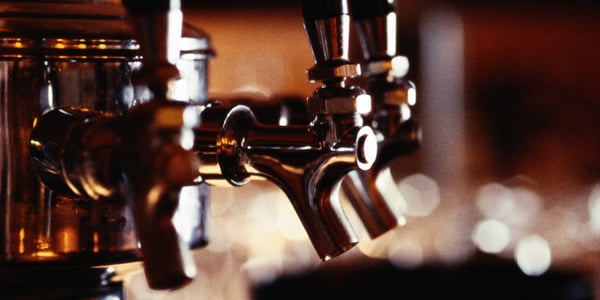
Get insured
Finally, the brewery needs to be sure it has adequate insurance of its own to cover the loss. That way, if the first lines of defense fail — the checklist and/or the vendor — there is still a backstop to cover the loss. To this end, work with your insurance agent or broker. Tell him or her that you have vendors cleaning your draught lines and make sure that you are covered if something happens. Some policies require the insured to obtain certain documents from vendors and subcontractors in order for there to be coverage. Discuss those issues with your insurance agent or broker. Be sure to know everything your policy requires before a loss and that you have fulfilled those terms. Also, understand everything you have to do after a loss (perhaps make a checklist?) so that if a loss happens your claim can go as smoothly as possible. That way you can continue brewing beer while other people handle the fallout from the loss.
In the end, accidents happen and they sometimes come from the most unexpected places. We’ve all heard that beer is safer than water, but that is only true if the beer is not contaminated with something like a caustic solution. Who would ever think that taking a sip of beer at a local watering hole could cause such catastrophic damage? Hopefully it won’t happen at your place, but it takes more than luck. It takes a proactive risk management plan to limit the risk and to avoid calamity for your business if something unexpected happens.
Jonathan Dunitz’s law practice at Verrill Dana includes insurance coverage and litigation and commercial litigation. With more than 20 years of experience, he advises clients in the craft beverage industry to mitigate the risk of litigation at formation and throughout their growth, as well as litigating on their behalf in the event that becomes necessary.

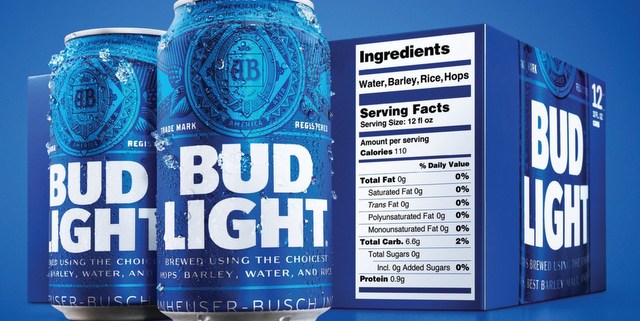
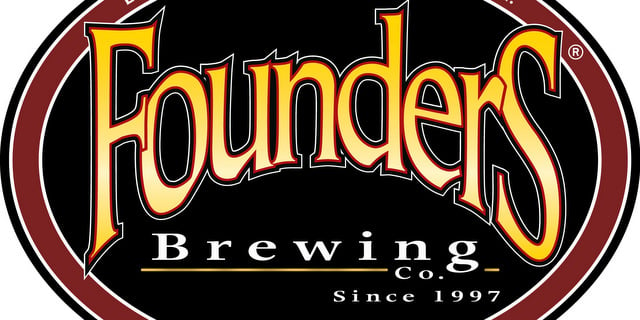

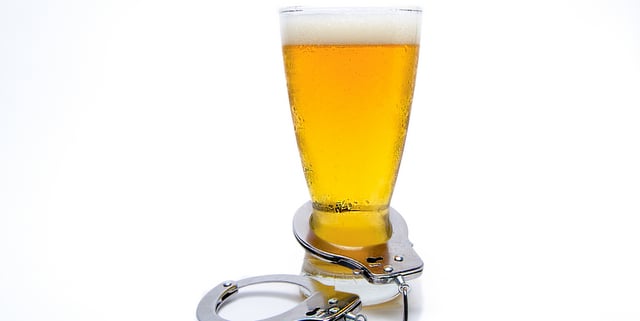
Brandon Flanigin says
I’m just here to see all the internet experts on line cleaning…
Richard Ramirez says
I don’t understand how companies who clean draft systems aren’t regulated by city/state agencies. I’m a Pest Management Professional and I have to keep my certification and business registration by following rules and regulations, who’s watching the “line cleaners”??? Nobody’s going to let me apply pesticide inside a draft system without it being questioned but you allow these guys to flow caustic AND acid through draft lines unchecked…and I know that the problem is really related to making sure lines are emptied of caustic/acid before leaving a job, but who’s regulating these guys???
Richard Blackham says
What happened to HACCP?
Chris Davis says
Jason Hands
Steven Parks says
Very misleading title. Didn’t vomit blood because of unclean lines; but rather negligence as a result of improper cleaning/flushing procedures. Unclean lines would have been a lesser evil in this case.
Keith Gribbins says
That’s exactly what the headline says.